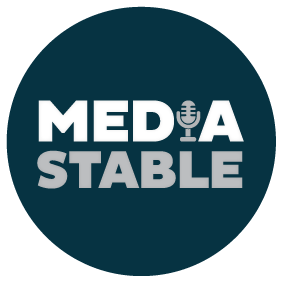How to write an op-ed.
Writing an opinion piece for a newspaper or online news platform is a powerful way to illustrate your expertise and grasp of an issue. An “op-ed” as it’s termed, originally derived from “opposite the editorial” denoting its position in the printed form of a newspaper. It has also taken on a secondary meaning as an “opinion editorial”. Either way, writing one takes some skill, planning and knowledge of op-ed conventions.
So, what are the conventions and how can you give yourself the best possible chance of having your op-ed published? Here’s just some of the key points to familiarise yourself with before you get started.
First, it’s important to always keep in mind the purpose of an op-ed – to challenge and create discussion amongst a newspaper’s or platform’s readers. So, having a clear and well-argued opinion on a subject or issue is paramount. Don’t sit on the fence. It’s okay to include some opinions that differ to your own, but you should be prepared to dispel or debunk their credence.
The first paragraph is where you set up your thesis by identifying and describing the issue you are addressing. Make sure you get to the point quickly and succinctly. Use a personal experience or event to illustrate the problem at hand. Don’t waffle or bury your opinion or you risk losing the reader very quickly.
Secondly, it’s important to know the requirements for each newspaper or platform. Adhere to the word limit and make sure you spend time on grammar, spelling and any statistics you might be using to ensure they’re correct. Some newspapers will not publish anything over 800 words and other platforms prefer shorter, snappier pieces of around 450 words. The sweet spot for many Australian newspapers is 700 words. Don’t send 1000 words to the opinion editor and expect them to edit it – they won’t.
Next, make sure you know the audience and adjust your writing style appropriately. The tone and language used in a piece on The Conversation will be much more academic than in a tabloid like the Herald Sun. Read other opinion pieces in your target media to get an idea of the tone and style. Avoid industry-speak and jargon unless you’re writing for an industry platform or publication and an audience who’ll be familiar with it.
Use statistics, research, and historical data to back up your thesis or argument. At all costs, avoid sweeping statements without facts to back them up. You need to be presenting a rational, reasoned case to persuade the reader to agree with you.
Once you have established that an issue or problem exists and have used research, data and facts to back up your opinion, it’s often prudent to present a call to action or present a solution to the problem. This gives your op-ed a nicely rounded conclusion and avoids it coming across as a long rant with no resolution.
Remember that timing and speed is of the essence when writing and submitting an op-ed. If a new government policy is introduced which impacts the community or your sector, and you have an opinion about it, get cracking on writing something immediately. Don’t wait for days or a week, as you’ll likely be beaten to the punch by someone else. If you aren’t comfortable writing, then choose a subject for your op-ed that you are passionate about and well-versed in. The writing process is a lot easier when you are familiar with the topic and subject matter. The words will flow and your inherent knowledge will be evident.
Finally, ask for help if you need it. We at Media Stable are experienced in ensuring that your op-ed will have the best possible chance of being published, so if you have an idea or issue you’d like to get published, contact us for guidance on how to make it happen.
By John Solvander, Director of Media Engagement, Media Stable.
